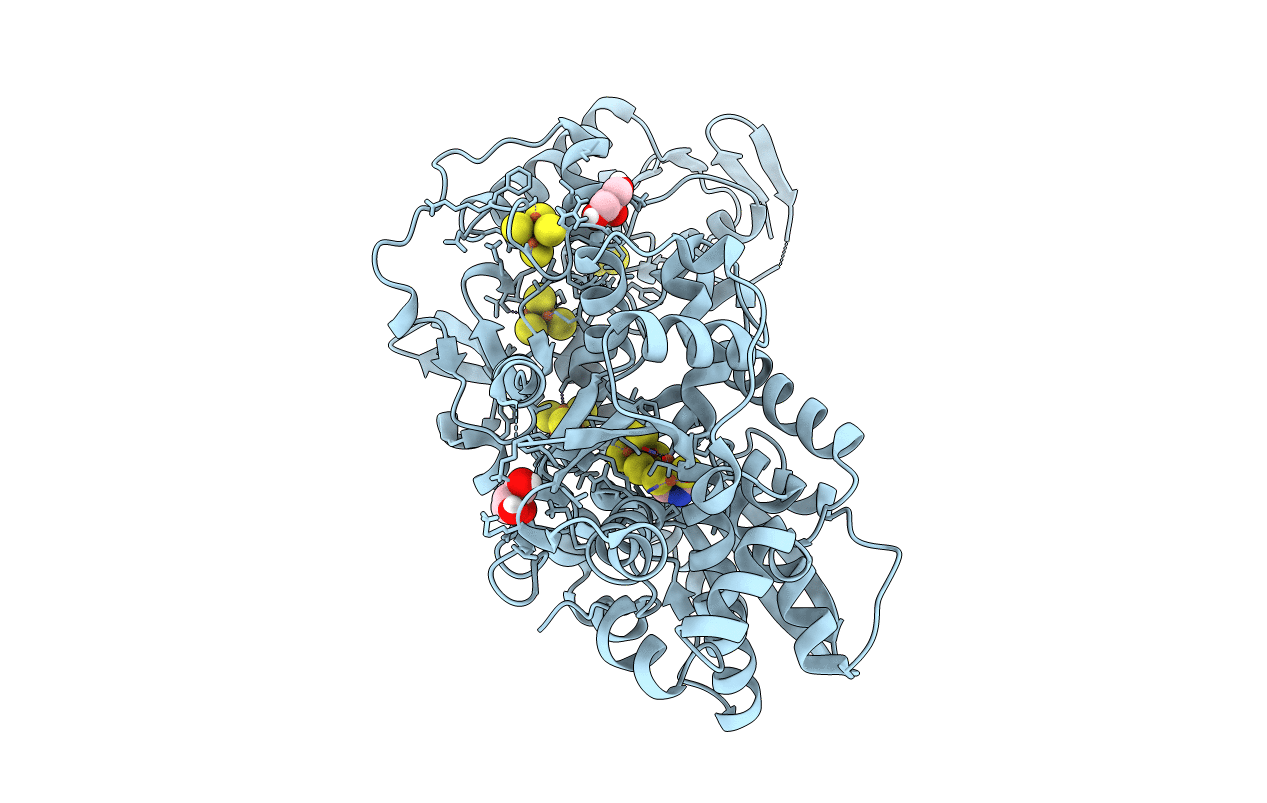
Deposition Date
2018-11-21
Release Date
2019-12-25
Last Version Date
2023-10-11
Entry Detail
Biological Source:
Source Organism:
Clostridium pasteurianum (Taxon ID: 1501)
Host Organism:
Method Details:
Experimental Method:
Resolution:
1.02 Å
R-Value Free:
0.13
R-Value Work:
0.11
R-Value Observed:
0.11
Space Group:
P 42 21 2


